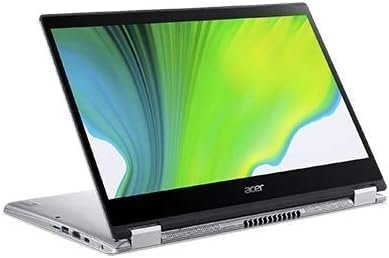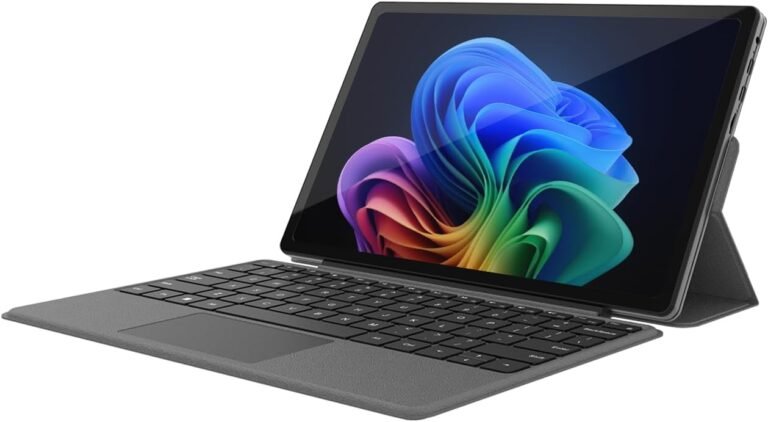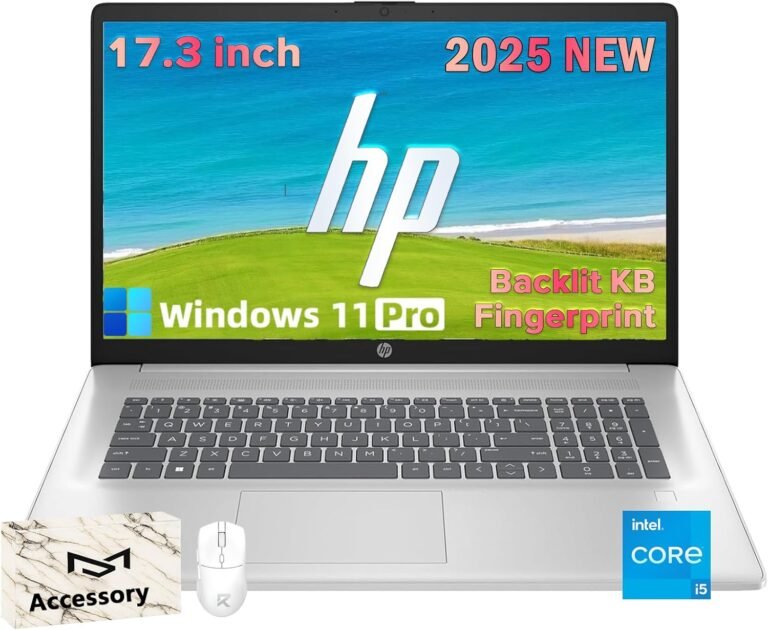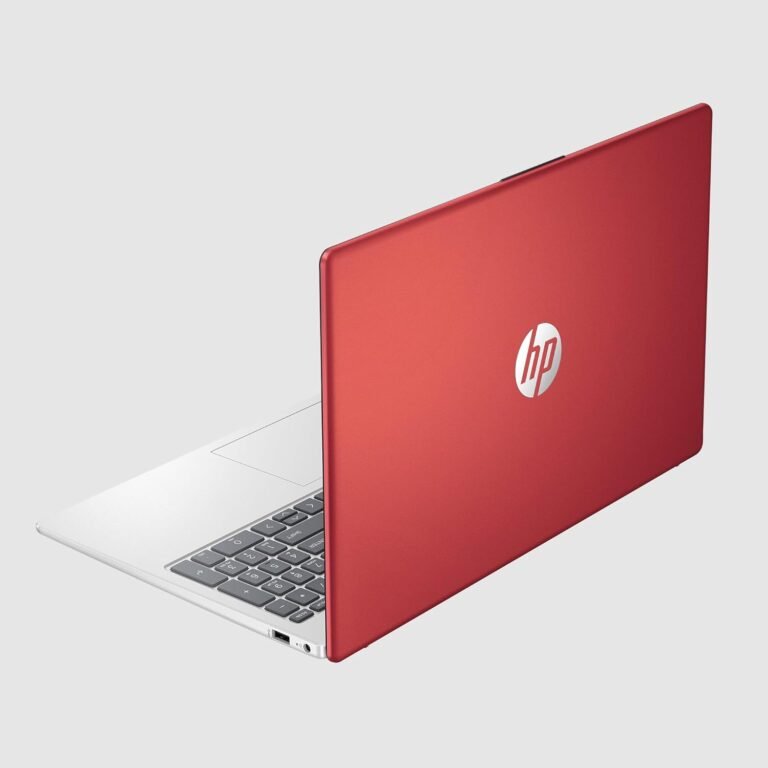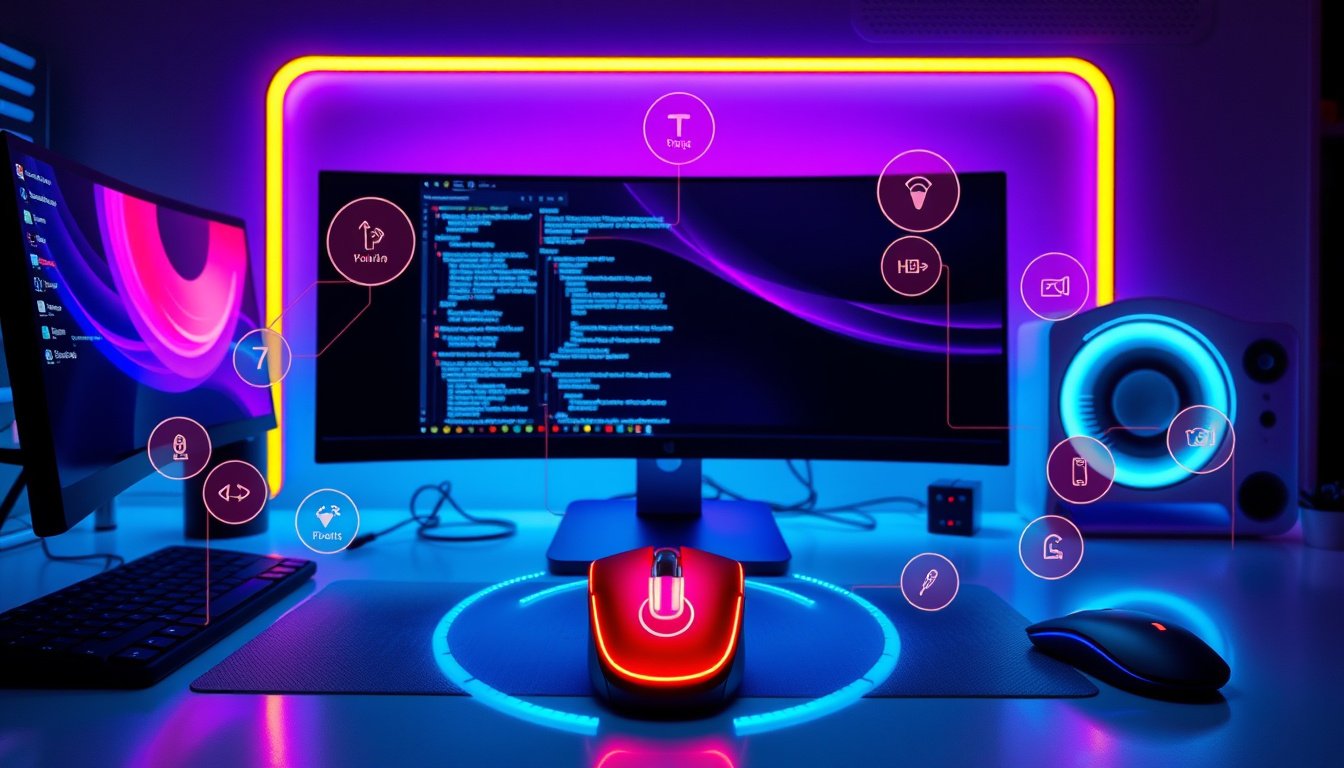
In the era of digital efficiency, mastering mouse gestures can dramatically enhance your productivity by streamlining navigation and reducing reliance on keyboard shortcuts or menus. Whether using macOS or Windows, mouse gestures allow you to perform complex actions with simple finger movements on a trackpad, Magic Mouse, or touchscreen. This guide explores the practical use of mouse and touch gestures to help you navigate your computer effortlessly and work more efficiently.
Understanding Mouse Gestures
Mouse gestures are specific finger movements performed on a device’s input surface—such as a trackpad, touchscreen, or specialized mouse—that trigger predefined commands. These can include swipes, taps, pinches, and drags designed to perform tasks like switching between applications, scrolling, zooming, or opening system features.
Using Mouse Gestures on macOS
Apple has integrated a rich set of Multi-Touch gestures across its devices equipped with a Magic Trackpad or Magic Mouse. These gestures allow users to interact with their Mac in an intuitive way, minimizing clicks and keyboard inputs.
Common macOS Trackpad Gestures
- Tap to Click: Tap once with one finger to perform a click.
- Secondary Click (Right-Click): Tap or click with two fingers.
- Scroll: Slide two fingers vertically or horizontally to scroll through pages or documents.
- Smart Zoom: Double-tap with two fingers to zoom in or out on a webpage or PDF.
- Pinch to Zoom: Pinch two fingers to zoom in or spread them to zoom out.
- Rotate: Move two fingers around each other to rotate images or objects.
- Swipe Between Pages: Swipe left or right with two fingers to move between pages or documents.
- Show Desktop: Spread your thumb and three fingers apart.
- Mission Control: Swipe up with four fingers to see all open windows.
- Switch Between Full-Screen Apps: Swipe left or right with four fingers.
Magic Mouse Gestures
- Secondary Click: Click the right side of the mouse.
- Scroll: Slide one finger up or down.
- Smart Zoom: Double-tap with one finger.
- Mission Control: Double-tap with two fingers.
- Swipe Between Full-Screen Apps: Swipe left or right with two fingers.
- Swipe Between Pages: Swipe left or right with one finger.
Tip: You can customize these gestures via System Settings > Trackpad or System Settings > Mouse to suit your workflow.
Using Touch Gestures on Windows
Windows 10 and Windows 11 include a variety of touch and touchpad gestures applicable to devices with touchscreens or precision touchpads. These gestures offer quick access to features and help minimize repetitive motions.
Common Windows Touchscreen Gestures
- Select an Item: Tap with one finger.
- Scroll: Slide two fingers horizontally or vertically.
- Zoom In or Out: Pinch with two fingers or stretch out.
- Show More Commands (Right-Click Equivalent): Press and hold an item.
- Show All Open Windows: Swipe up with three fingers.
- Show Desktop: Swipe down with three fingers.
- Switch to Last Open App: Swipe left or right with three fingers.
- Open Notification Center: Swipe in from the right edge with one finger.
- See Widgets: Swipe in from the left edge with one finger.
- Switch Desktops: Swipe left or right with four fingers.
Windows Touchpad Gestures
- Tap to Click: Tap the touchpad with one finger.
- Scroll: Slide two fingers vertically or horizontally.
- Zoom In or Out: Pinch with two fingers.
- Right-Click: Tap with two fingers or click on the bottom-right corner.
- Show All Open Windows: Swipe up with three fingers.
- Show Desktop: Swipe down with three fingers.
- Switch Apps or Windows: Swipe left or right with three fingers.
- Switch Desktops: Swipe left or right with four fingers.
Customization: You can modify three- and four-finger gesture actions under Settings > Bluetooth & Devices > Touchpad to tailor functionality to your preferences.

Benefits of Using Mouse Gestures
- Speed: Perform common tasks rapidly without searching menus.
- Efficiency: Reduce repetitive keyboard shortcuts, minimizing strain.
- Intuitive Navigation: Gestures align with natural finger motions.
- Better Multitasking: Quickly switch apps, desktops, and windows.
- Enhanced Accessibility: Supports users with mobility challenges.
Getting Started with Mouse Gestures
- Enable Gestures: Check your system settings to enable or disable trackpad/mouse gestures.
- Learn Default Gestures: Familiarize yourself with built-in gestures for your device and OS.
- Customize Gestures: Adjust gestures to match commonly used commands.
- Practice: Commit to using gestures regularly to build muscle memory.
- Explore Advanced Gestures: Use multi-finger drags, force clicks (if available), and shortcuts like Mission Control or virtual desktops.
Conclusion
Mastering mouse and touch gestures unlocks a seamless way to navigate and control your computer, boosting productivity through speed and ease of access. Whether on macOS with Multi-Touch trackpads and Magic Mouse, or Windows devices with touchscreens and precision touchpads, adopting these gestures transforms everyday computing into a smooth and efficient experience. Start integrating these gestures into your daily workflow to enjoy effortless navigation at your fingertips.






